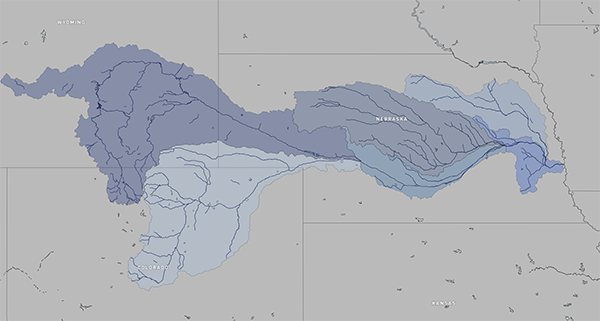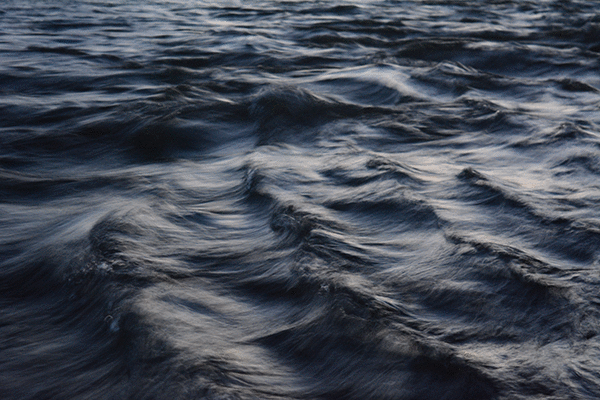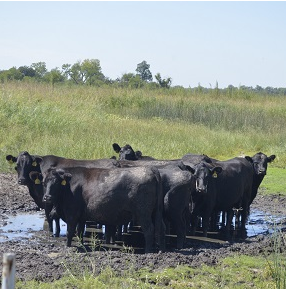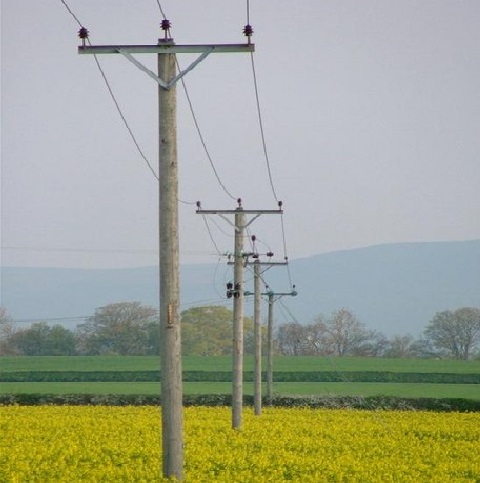The Platte River? Why should I care?
That trickle of water- it's important.
Famously known as a mile wide and an inch deep the braided channels of the Platte play a bigger role than providing scenery while driving on I-80. The Platte supplies freshwater to an arid and vast region of the Great Plains, an area that supports millions of people, wildlife, and agricultural.





